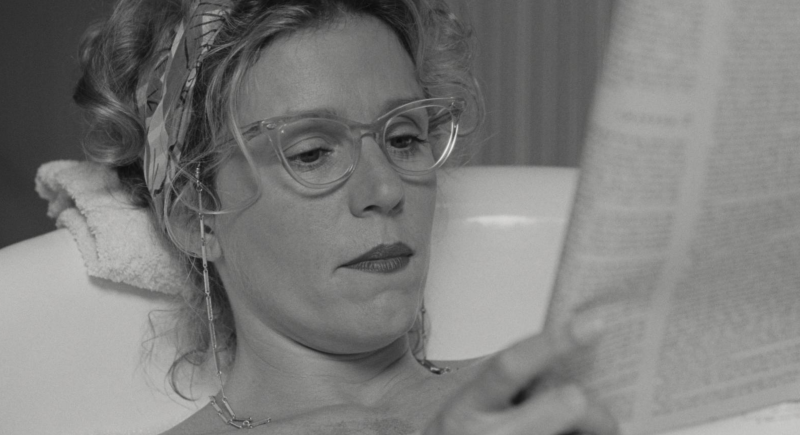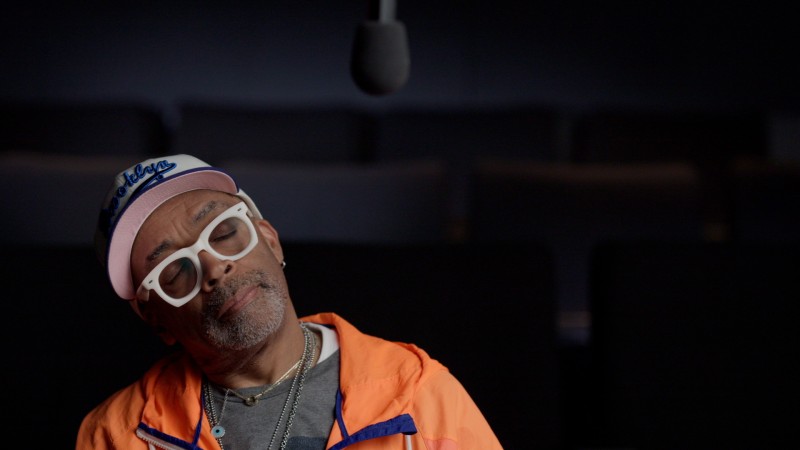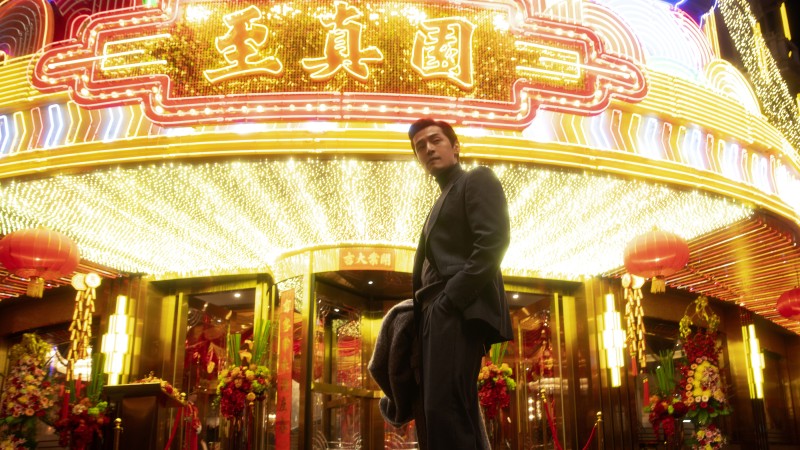My Own Private Idaho’s Outsider Twist on Shakespeare

What was pop Shakespeare? In the 1980s and ’90s, every year or two delivered another movie version of a Shakespeare play, performed straight, or wholly adapted, or somewhere in between. These were often in modern dress, and typically mixed the plays’ language with a hypercontemporary style, with popular music and up-to-the-minute cultural references—to brands, urban landscapes, social conflicts. The critical term of the moment was postmodernism: high-low mélange delivered with the knowing pleasure of boundary transgression. Old divisions were still palpable—between high and popular culture, art and commerce—but increasingly irrelevant, open to ironic undercutting and rebellious pastiche. And there was no better source in the Anglosphere for postmodern citation than Shakespeare, not only because he was at the center of a still-dominant canon (everyone, then, read Shakespeare in high school), but because the aesthetic strategies that felt so cheeky and irreverent in the late twentieth century—the combining of genres; the layering of archaic material with contemporary political statements; wild shifts of style and tone—were also the strategies of Shakespeare’s own writing.
The expansive, all-inclusive, all-embracing style of Elizabethan theater was an open field for late-twentieth-century cinema—pop Shakespeare could be almost anything. Its audience included teenagers (Baz Luhrmann’s Romeo + Juliet, from 1996), aging intellectuals (Paul Mazursky’s Tempest [1982]), the young indie circuit (Gus Van Sant’s My Own Private Idaho [1991]), and the midcult majority (Kenneth Branagh’s Love’s Labour’s Lost [2000]). The mood was manic-emo (Abel Ferrara’s China Girl [1987], Romeo + Juliet, Michael Almereyda’s Hamlet [2000]), stark and cutting (Derek Jarman’s The Tempest [1979], My Own Private Idaho), yuppie arch (Mazursky’s Tempest). The allusions were layered, building on earlier screen adaptations: China Girl and Romeo + Juliet drew from West Side Story and Franco Zeffirelli; Van Sant’s incorporation of Henry IV echoes Orson Welles’s Chimes at Midnight. But you didn’t need to catch all the references, follow the whole plot, or even understand much of the language; if it was Shakespeare, the pleasure of familiarity, for middle-class, English-speaking film audiences, was built in.
This familiarity, it seems, made certain challenging themes more palatable. One interest many of the richest pop Shakespeare films share is queer sexuality. Here again, ideas that felt rebellious, even dangerous, in the late twentieth century were already intrinsic to Shakespeare’s plays—Juliet’s wildly assertive sexual desire, for example, which electrified Elizabethan audiences by defying the norms of female behavior—and some directors simply amplified what was already present in the texts. Shakespeare’s implied bisexual love triangle between Juliet, Romeo, and Mercutio, for instance, became the central sexual dynamic in Luhrmann’s film, with Harrold Perinneau’s Mercutio in exuberant drag, defending Romeo from Tybalt (John Leguizamo) with intimate passion. Then there’s Jarman’s Tempest, slow and minimal where Luhrmann’s film is jittery and cluttered, which emphasizes the fluid gender of the sprite Ariel (Karl Johnson), a white-jumpsuit-clad androgyne, with shaggy hair and a diamond earring, twinkling under Prospero’s approving gaze and organizing a blatantly gay spectacle of dancing sailors for his pleasure. The sex in Jarman’s film is bald and even grotesque: Ferdinand emerges naked from the sea and staggers with his sword through the blue dawn; Sycorax (Claire Davenport), naked and surrounded by flies, breastfeeds the adult Caliban and pulls Ariel by a neck collar. Jarman spends time with the texture of the island’s surreal isolation; the film’s promiscuous intensity, while hewing close to the play, makes it new by exploring its fundamental perversity and strangeness.






